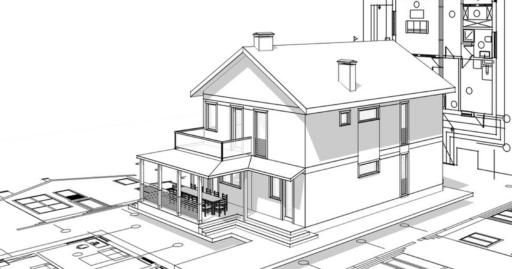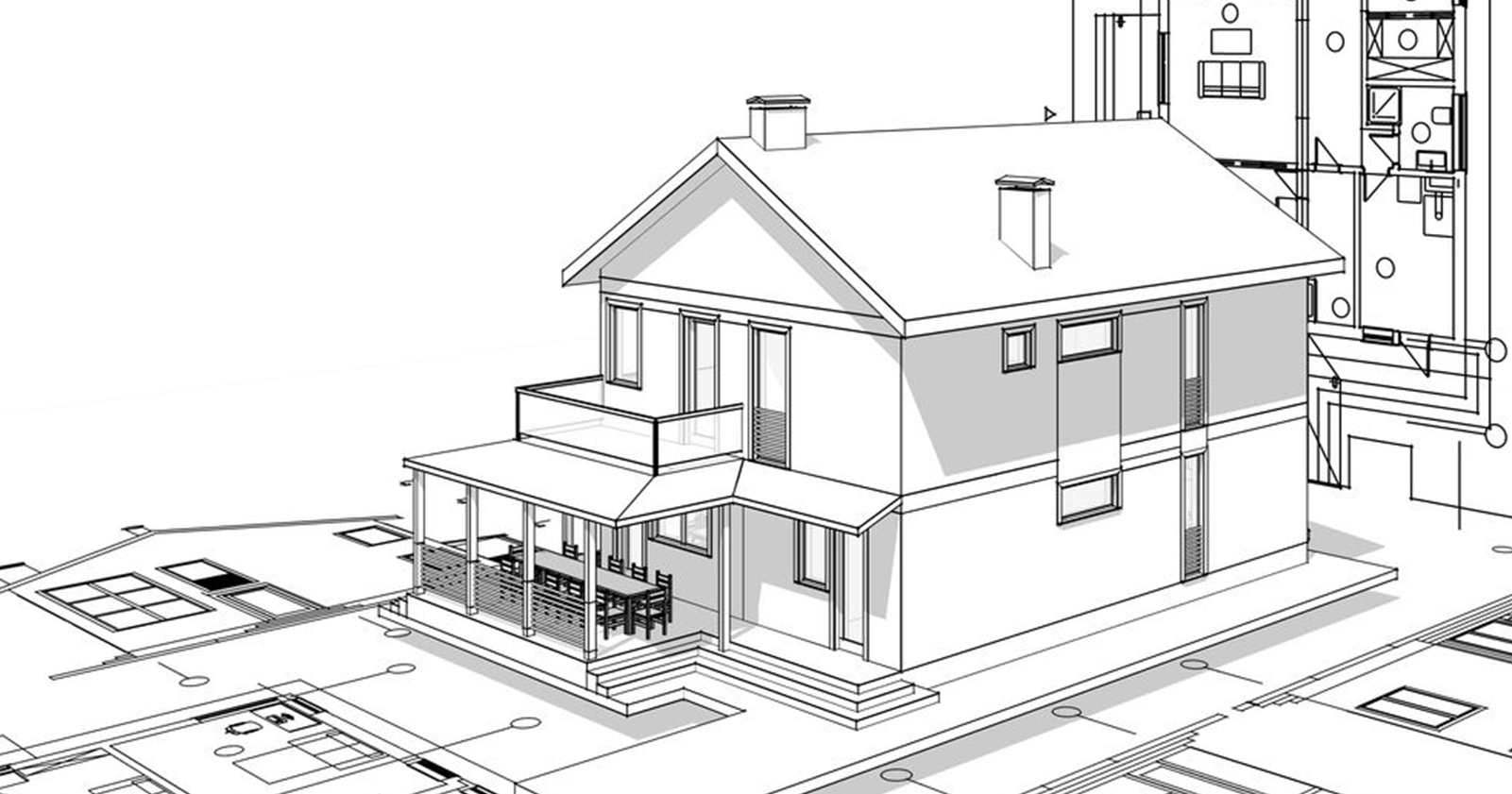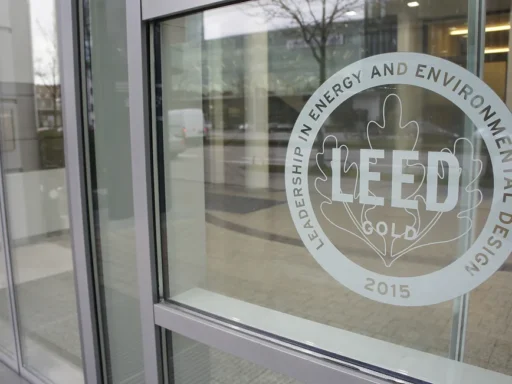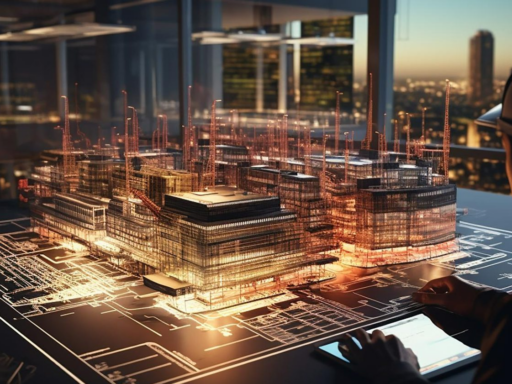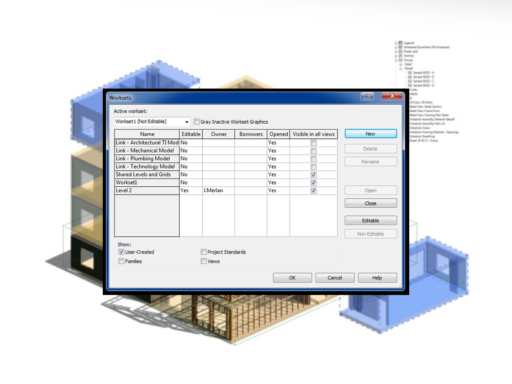Introduction
Benefits of BIM in Design and Construction
BIM offers enhanced precision and collaboration in building projects, streamlining coordination between different stakeholders and enabling data-driven decision-making.
Sustainability Benefits of BIM
BIM allows for the analysis of design options based on factors like energy efficiency and environmental impact, leading to more eco-friendly building choices.
“BIM acts as your sustainability calculator” – Natalia Panici
Extending BIM Benefits Beyond Construction
When transitioning to BIM, you unlock a whole new world of possibilities for your projects.
- Access the benefits of BIM such as improved collaboration, clash detection, and accurate cost estimation. By creating detailed models, you ensure efficiency throughout the construction process. Understanding the repercussions of halting the transition is crucial to avoid time losses and setbacks.
- Embrace BIM fully to streamline your construction process and maximize project outcomes. As you progress in transitioning to BIM, remember that time losses can be minimized with detailed models.
- Stay committed to the transition to fully leverage the benefits of BIM beyond the construction process.
Lifecycle Management with BIM
When considering BIM Implementation Phases, it is crucial to follow Standard Procedures to ensure a successful implementation.
- Implementing BIM Maturity Levels can help in integrating processes effectively.
- Streamlining Project Lifecycle with BIM can lead to improved efficiency and reduced errors.
To effectively manage the Integration of BIM into your organization, it is essential to understand the different BIM Maturity Levels.
- Leveraging BIM can enhance collaboration and information sharing throughout the Project Lifecycle.
- By embracing BIM, you can streamline processes and reduce errors in different Project Phases.
BIM models provide real-time data for monitoring energy and water use, enabling targeted interventions to improve efficiency and reduce costs throughout a building’s lifespan.
Renovation and Sustainability with BIM
When considering BIM and Sustainability for your renovation project, you can leverage advanced technology to ensure eco-friendly practices.
- Utilize Energy Efficiency features in BIM to reduce your building’s carbon footprint.
- Implement Clash Detection capabilities to minimize material wastage during the renovation process. To achieve Sustainable Development goals, using BIM can significantly contribute to reducing the environmental impact of your renovation project.
- By optimizing the Project Lifecycle, you can ensure that your renovation is efficient and environmentally friendly. When planning your renovation, it is essential to prioritize sustainability to meet the growing demand for eco-conscious construction practices.
“And when renovation arrives, the models provide a treasure trove of information, ensuring sustainability remains a priority throughout the building’s entire journey.” – Natalia Panici
Transitioning to BIM: Key Considerations
Importing Existing Data to BIM
Transitioning to BIM may involve importing existing data, refining information, and creating new details within the BIM environment, depending on the starting point and desired BIM usage.
Redrawing Information for BIM
When transitioning to BIM, it’s crucial to have an information manager who can ensure all data is kept synchronised and coherent.
- Redrawing information for BIM involves understanding the BIM concept and not forcing it into traditional design practices.
- By embracing the transitioning process, you can effectively redraw information for BIM to meet your project needs.
“Redrawing information can be time-consuming. So weigh the investment against the long term benefits of BIM for your workflow.” – Natalia Panici
Conclusion
Adopting BIM provides numerous advantages throughout every stage of the project life cycle, from design and construction to operation and maintenance. Understanding the power of BIM in enhancing collaboration, promoting sustainability, and optimizing building management can significantly impact the efficiency and longevity of construction projects. If you are considering transitioning to BIM, it’s essential to grasp the key considerations and benefits outlined in this guide. Start your journey towards a more efficient and sustainable future in the built environment with BIM.

